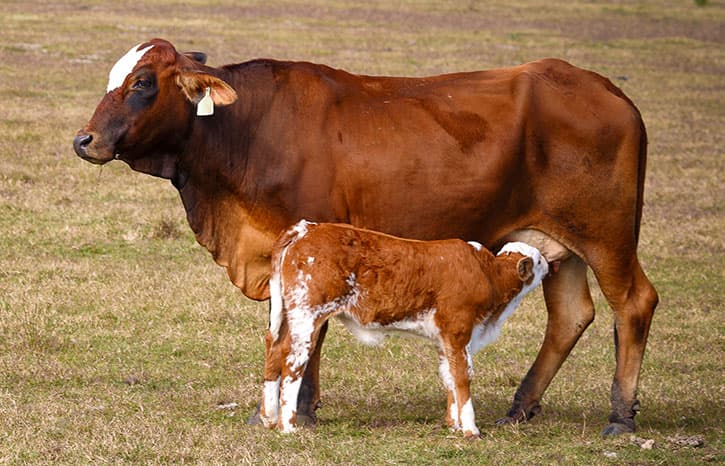Vestibulo-vaginal stricture encompasses various defects causing narrowing or obstruction within the vaginal passage. The vestibule, serving as the entry to the vaginal canal, can experience stricture or stenosis, significantly hindering mating processes by limiting the penetration capability of the male. These constrictions, while palpable in the initial segments of the vagina, require endoscopic evaluation for deeper-seated anomalies.
Types of Anomalies
Anomalies range from dorsoventral bands and vaginal septae to segmental aplasia, with certain breeds displaying a higher predisposition, indicating potential heritability. These physical barriers can result in mating aversion due to discomfort or spatial restrictions, impacting reproductive success.
Impact on Breeding
Despite possible surgical rectification, affected females may continue to resist mating due to the painful association with previous attempts. Consequently, artificial insemination emerges as a preferred method for achieving conception in these cases.
Surgical Intervention and Management
While surgical options exist, the persistence of aversion post-procedure underscores the need for alternative reproductive strategies. Additionally, addressing any underlying vaginitis through appropriate antibiotic therapy can enhance fertility outcomes.
The Role of Artificial Insemination
Artificial insemination offers a viable solution for ensuring successful conception in bitches with vestibulo-vaginal strictures, circumventing the physical and psychological barriers to natural mating.
Hormonal Influence and Whelping
Interestingly, many affected dogs can whelp normally, attributed to relaxin’s effects during labor. However, the recurrence of stricture post-delivery poses renewed challenges for subsequent mating opportunities.
Preventive Measures and Treatment
Early detection and management of fluid accumulation and low-grade vaginitis, through drainage and antibiotic treatment, may improve reproductive efficiency. Understanding the genetic propensity across breeds can also aid in preventive breeding practices.
Essential Considerations in Managing Vestibulo-Vaginal Strictures
- Early Diagnosis: Prompt identification through clinical examination or endoscopy is vital for effective management;
- Breed-Specific Predisposition: Acknowledge genetic factors that may increase the risk of strictures in certain dog breeds;
- Non-Surgical Solutions: Prioritize artificial insemination to circumvent mating difficulties;
- Post-Surgical Care: Implement behavioral therapy to alleviate mating aversion post-treatment;
- Hormonal Monitoring: Utilize hormonal support, such as relaxin during labor, to temporarily alleviate stricture severity;
- Infection Control: Regularly assess and treat any underlying vaginitis to prevent complications;
- Fluid Management: Address fluid retention in the anterior vagina to enhance fertility outcomes.
Comparative Analysis of Treatment Modalities
| Treatment Method | Efficacy | Application | Considerations |
|---|---|---|---|
| Surgical Correction | Variable | Severe strictures | Requires post-operative care; may not resolve mating aversion |
| Artificial Insemination | Highly Effective | All cases of strictures | Bypasses the need for natural mating; the preferred method |
| Behavioral Therapy | Supportive | Post-surgical cases | Aids in reducing mating aversion; enhances recovery |
| Antibiotic Therapy | Effective | Associated vaginitis | Crucial for treating low-grade infections; improves fertility |
| Hormonal Support | Temporary Relief | During labor | Utilizes relaxin to ease stricture; does not prevent recurrence |
Conclusion
Vestibulo-vaginal anomalies present significant challenges to canine breeding, from diagnosis to treatment. While surgical interventions offer some relief, artificial insemination stands out as a critical strategy for overcoming these barriers. Hormonal changes during whelping provide temporary respite, yet the recurrence of strictures necessitates ongoing management to optimize fertility. Acknowledging the heritable nature of these conditions and implementing targeted treatments can significantly impact breeding success and animal welfare.



